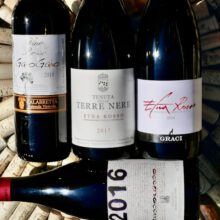
Product information
The Etna Rosso – Taster Pack!
Original price was: $137.$120Current price is: $120.
Description
The perfect way to explore a little slice of Etna with 3 great producers, 3 vintages, 3 styles!
Explore what Nerello Mascelese has to offer! If you’re feeling really thirsty and want to level up check out the Contrada from each of the producers!
Read on below for a little more about each wine. Check out all our articles on Etna and some of the producers in the Wine Bites Mag.
Out of stock

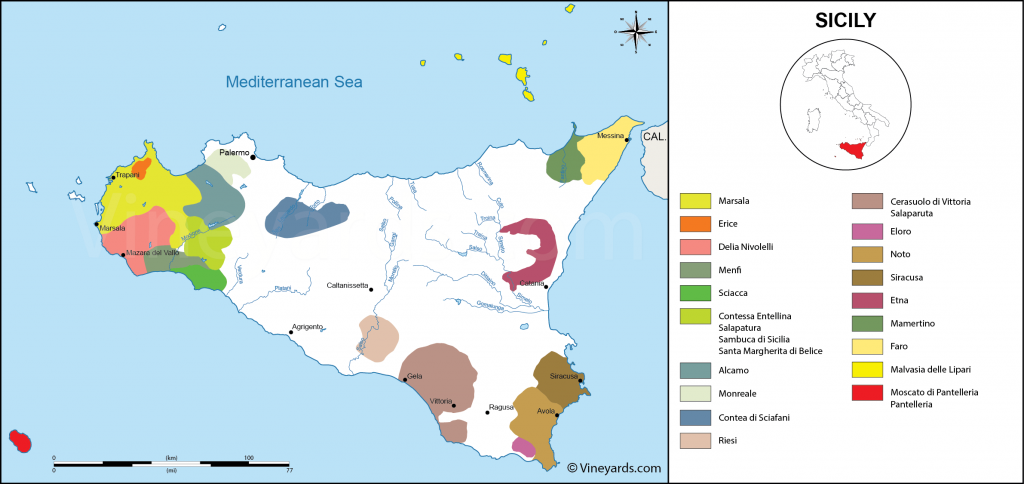
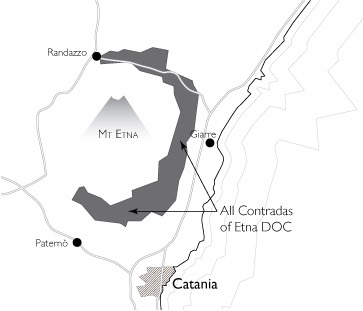
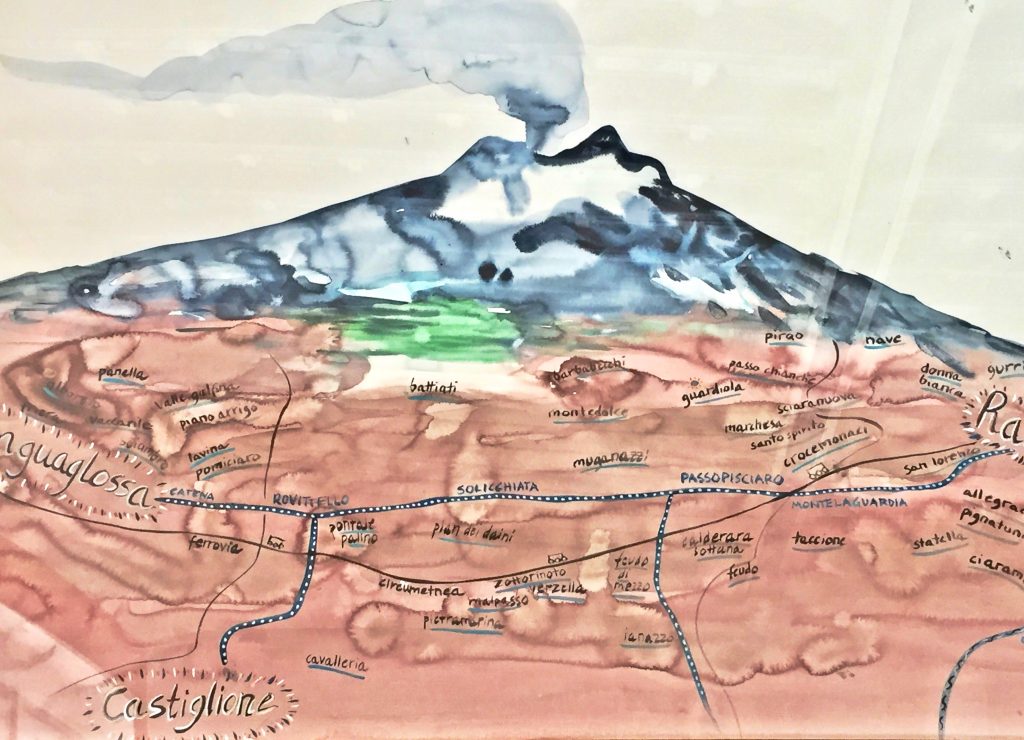
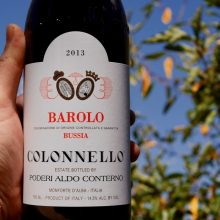
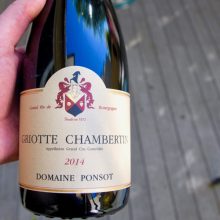
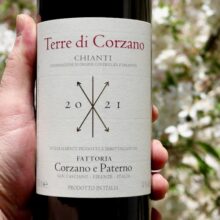
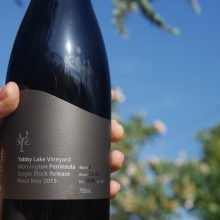
You must be logged in to post a comment.